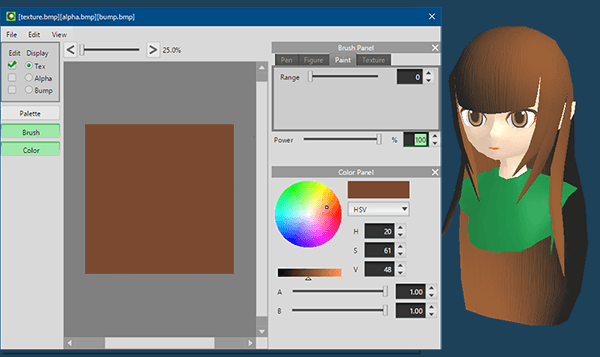
There is so much you can do with UV mapping, the scope of it all can’t be covered in this basic tutorial, but we’ll come back to it in a forthcoming article.This is an technique of export to OpenBVE's object from blender(2.76b) on Linux(Ubuntu 16.04 and 14.04) and Windows. We will be covering this use of UV, too, in a future article on visual effects. CG models of miniature starships are sometimes textured by photographing the model from all sides and just wrapping the images around the shape like a vinyl wrap on a car. Many of the effects you see fleeting glimpses of in movies are done exactly this way. Of course, you could cheat, as many CG artists working in visual effects do, photograph a bottle from all angles and make an image map to fit from the photos. Okay, it’s not an award-winning shot, but it does what we set out to do: make a UV map that follows the contours of the shape and positions the label of a bottle on the front of the bottle object perfectly. The UV map coordinates are saved with the object file, and any image applied to the object takes the map from the UV.Īdd a bit of environmental lighting, turn your subsurfaces back on and render your result. Choose “Image Texture” from the pop up menu, and load the image map you drew in your image program. Once back in Blender, select your object and give it a new texture. When you are happy with your image, save it as a JPG or PNG and go back to Blender. Position a label there and size it to be the right shape for the front of the bottle. Pay particular attention to the part of the map that is the front of the bottle. Take the image into your favourite image editor, and colour the UV map in the way you would like to see it on the bottle. Once the button has been clicked, the subsurface is no longer visible, and you can start to select edges for seams. Click the little eye button on the subsurface modifier panel on the Material Properties, and the effect will not be displayed in the viewport. To do this on our demo bottle object, we first have to turn off that lovely subsurface modifier on the surface which it makes it look so curved. You have to select edges and declare those as seams, so the shape unwraps predictably. In making a UV map, you don’t have to, but it’s advisable to make “seams” where the image is going to wrap around the object. Cycles is much more complex and real looking. We always use “Cycles Render,” as the “Blender Render” is sort of basic. It won’t win any awards, but the techniques will be nice and easy to follow, and you can start applying them to your own models right away.Īs usual, set up “Cycles Render” mode by using the drop-down at the top of the screen. It’s not going to be glass but sort of a matte pottery colour. This is especially important if you are using Blender for visual effects and need to duplicate a real world object. To make more realistic looking objects, you have to take the colours and tones and damage of your object and make them into a texture that you can wrap around the object so the textures look good from all angles. Real world objects don’t have just one colour – they might be aged or rusty or sun bleached. You can just project a bitmap graphic onto the shape, stamping it onto the shape in the X, Y or Z axis, or surrounding it like a cylinder, but that only really works for really basic shapes. On a basic level this is the diffuse map or the colour of the object.


Once you have a 3D shape, you want to add a texture to it.
#METASEQUOIA UV MAPPING HOW TO#
In this article we explain how to do UV mapping in Blender 3D to make your objects look realistic and fully wrapped in colourful textures. There are basic texture mapping controls, but quite soon you realise in Blender that for all but the most basic objects, the way to go is what is known as UV mapping.


 0 kommentar(er)
0 kommentar(er)
